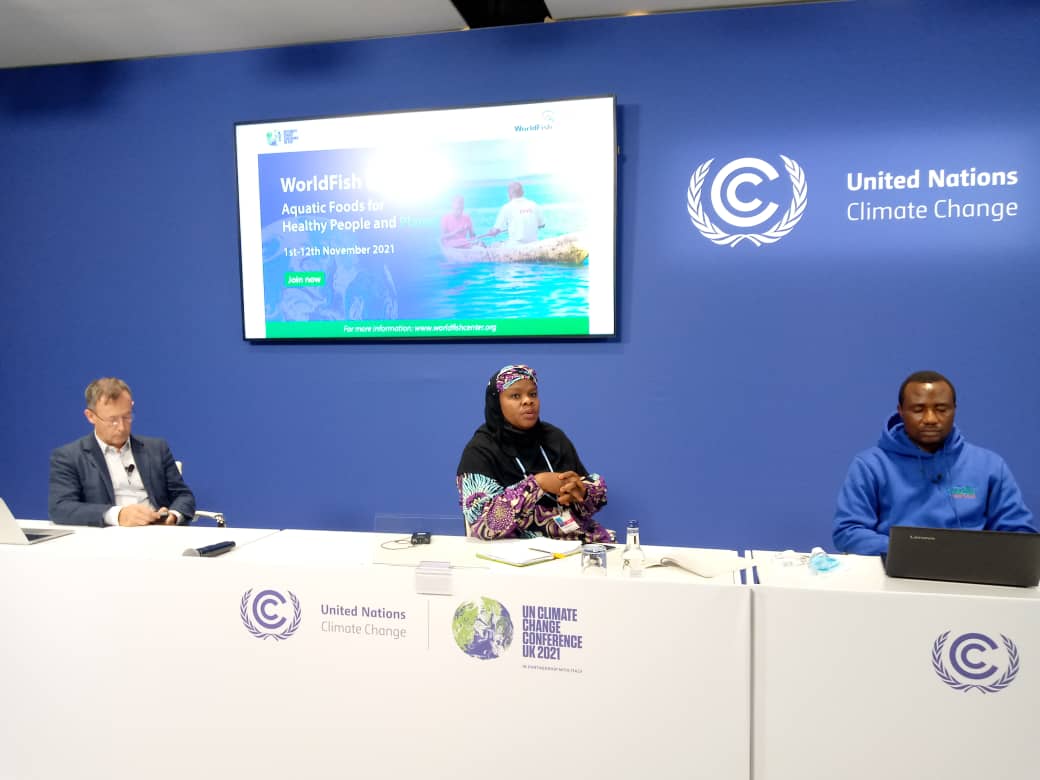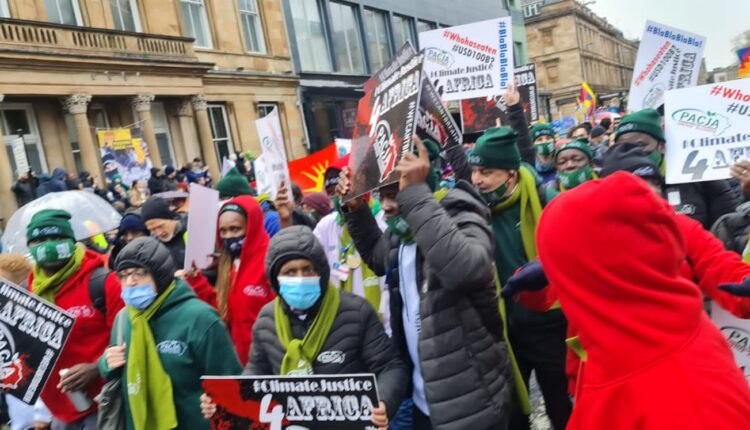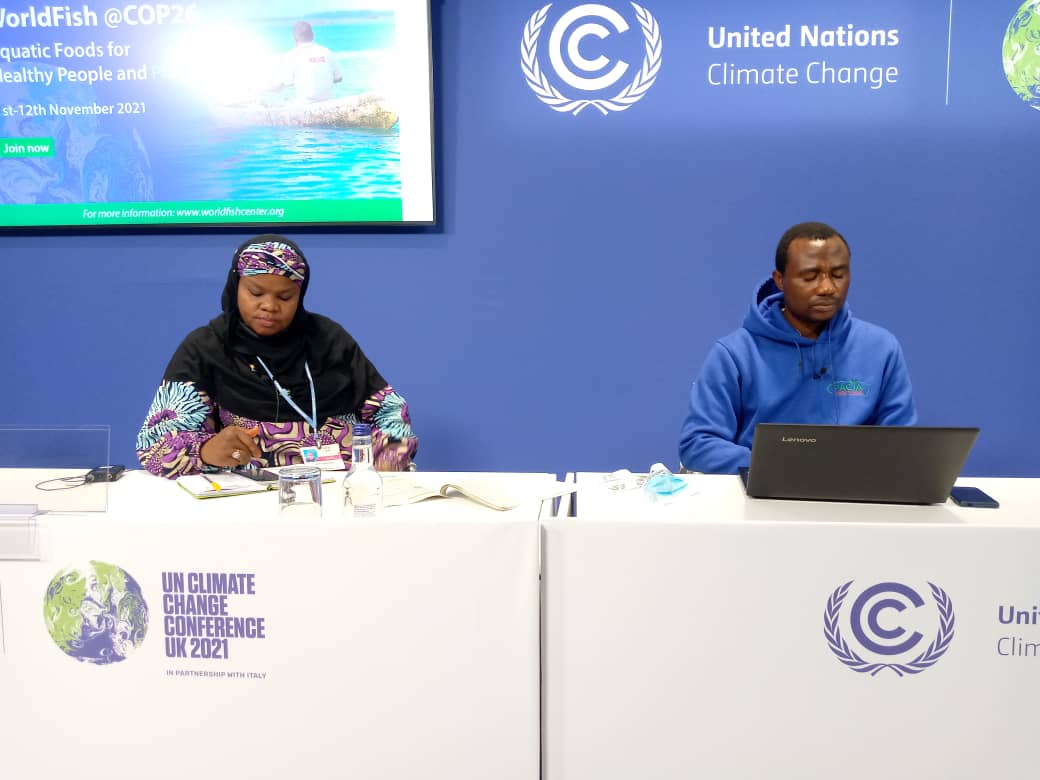
COP26 is meant to provide a place for leaders, policymakers, NGOs, activists, and corporations to debate the intricacies involved in preventing catastrophic global warming. Whether that is achieved depends a lot on who is and isn’t at the table.
There’s no path to avoiding the catastrophic impacts of climate change without China transitioning away from coal. But as Chinese officials frequently point out, it’s the US whose path to industrialisation produced the lion’s share of historical emissions.
During COP26, there were high expectations that the world’s largest emitter of greenhouse gases, such as the US, EU, China, Russia, UK, would lead by proposing a bold plan to curb coal use. Instead, China’s leader Xi Jinping has failed to appear at the climate talks, and the country’s emission reduction plan still lacks details.
Even more revealing, China has spent the run-up to the climate summit on a coal plant building spree. It’s reopening shuttered coal mines amid an unprecedented energy shortage and is planning or developing 247 additional gigawatts of coal power (nearly six times Germany’s entire coal fleet). That’s cast doubt on China’s climate commitment over the need to keep factories running and homes heated.
But COP26 isn’t the only place to make climate progress. China is already a world leader in renewable energy, and in recent years, it drove an electric vehicles boom with generous government subsidies. After all, China sees climate change as a business opportunity for its industries as well.
It stands to make a lot of money: The transition to a low-carbon economy could increase China’s GDP by 5%. And a summer of flash floods and high air pollution is a reminder that it faces the same challenges as the rest of the world: Overshoot the Paris pledge to keep global temperatures from rising beyond 1.5°C, and China will have to contend with a world engulfed in climate disasters.
US President Barack Obama’s message to young people at COP26: “Stay angry.”
“We have not done nearly enough to address this crisis… There are times I’m doubtful humanity can get its act together before it’s too late, and images of dystopia start creeping into my dreams. But cynicism is the recourse of cowards, and we can’t afford hopelessness.”

WEEK ONE RETROSPECT
There’s one week left for COP26 negotiators to agree on the next steps to save the planet and those of us who live on it.
Headline-grabbing announcements are over; now it’s down to brass tacks. Here’s what we’re watching:
A glance of the possible outcome of COP26 Non-Paper: Presidency summary of possible elements identified by Parties for inclusion across 1/CP.26, 1/CMA.3, 1/CMP.16 without prejudice to placement.
COP26 organisers released a first draft of “1/CP.26,” the statement summarising the summit’s outcomes and next steps. The specific wording of this document (the words “fossil fuels” don’t appear) will be one of the hottest points of contention this week.
Loss and Damage and/or Climate liability: Events on November 8, 2021, focused on “loss and damage,” the notion that rich countries should pay for unpreventable economic losses from climate change in poor countries. The formal process to facilitate this transfer exists only on paper, without any dedicated UN staff, and is almost entirely unfunded.
In the first two days of the UN’s COP26 climate summit, several rich countries promised to do this, pledging more climate finance to poorer countries: $10 billion from Japan, $7 billion from Italy, $260 million from Ireland.
Scotland became the first country to officially take responsibility for “loss and damage” from climate impacts in developing countries by donating $1.3 million to the Climate Justice Resilience Fund. Are financiers greenwashing COP26? Central is now the need to make sure that words are not hollow but operationalised & backed up by finance.
COP is a cop-out: Unions, farmers, indigenous rights groups, NGOs and Scotland separatists were among the massive crowd that braved cold and rain to march through Glasgow on Nov. 6 demanding more urgent climate action from global leaders, less words.
SUMMARY
COP26 Side Event on ‘Towards a shared blue prosperity under a changing climate: Organised by Climate & Sustainable Development Network (CSDevNet), WorldFish Centre, Technologies for African Agricultural Transformation (TAAT) and Pan African Climate Justice Alliance (PACJA).
Keynote: Dr Gareth Johnstone, DG WorldFish Centre; Panelists: Dr Shakuntala Thilsted, 2021 World Food Prize Laureate, Hajia Halima Bawa-Bwari, Director of Climate Change Department, Ministry of Environment of the Federal Republic of Nigeria on 13:15-14:30 (Glasglow time), Nov. 2021. watch online click here to set a reminder: https://t.ly/3Aeg.
Climate Pledge at COP26 will Limit Global Warming to1.8ºC: International Energy Agency, IEA new analysis shows that fully achieving all net-zero pledges to date and the Global Methane Pledge by those who signed it would limit global warming to 1.8 C. Warming above pre-industrial levels if all net-zero pledges and the Global Methane Pledge are fully achieved.
$18 billion support out of fossil fuels and into clean energy: More than 20 countries and institutions, including the United States, Canada, Mali and Costa Rica, launched a joint statement committing to end direct international public finance for unabated coal, oil, and gas by the end of 2022 and prioritise clean energy finance. Amount of money that could be diverted away from fossil fuels as a result of the new overseas finance pledge.
The joint statement unites some of the largest historical providers of public finance for fossil fuels. Canada, the United States, the UK and the European Investment Bank (EIB). However, other prominent financiers have yet to join them (China and Japan, two of the biggest financiers of overseas fossil projects, weren’t on the list).
Laggards include Japan ($10.9 bn/yr), Korea ($10.6 bn/yr), and China ($7.6 bn/yr), which are the largest providers of international public fossil fuel finance in the G20 and together account for 46% of G20 and MDB finance for fossil fuels. Germany ($2.8 bn/yr) and Spain ($1.9 bn/yr), some of the biggest EU fossil fuel financiers, are also missing.
Coal kiss-off: 46 countries, including some of the world’s biggest coal consumers (but not China or the US), signed a “Global Coal to Clean Power Transition Statement” in which they agreed to stop building new coal-fired power plants and phase out existing ones by 2030-2040.
79% of countries have adopted at least one national-level adaptation planning instrument: On the positive side, climate change adaptation is increasingly being embedded in policy and planning. Around 79 per cent of countries have adopted at least one national-level adaptation planning instrument, an increase of 7 per cent since 2020.
Implementation of adaptation actions continues to grow slowly, with the top ten donors funding more than 2,600 projects with a principal focus on adaptation between 2010 and 2019—share of all countries that have a climate change adaptation plan.
Four countries have not ratified or formally backed the Paris climate agreement deal: Countries (out of 195) that signed the Paris Agreement whose national governments have yet to ratify the deal the remaining holdouts are Iran, Libya, Eritrea, and Yemen.
Estimated 100,000 climate protesters have gathered in Glasgow Green at a Saturday march for climate action in Glasgow Demand for Climate Justice.

290 Brackets indicating text under negotiation in Article 6 (Transparency Negotiations), which sets rules for a global carbon market: Halfway through #COP26 and negotiators still have a long way to go on Article 6, with 290 [bracketed] sections of text. This has to reach zero before negotiations can conclude.
Looking back to #COP24 and #COP25 you can see that it’s pretty normal to get a bump in brackets as talks move from technical to ministerial levels
$400 billion estimated annual cost of loss and Damage by 2030; according to one study, loss and Damage has been defined as the impacts of climate change that are not avoided by mitigation, adaptation and other measures such as disaster risk management. It has both economic and non-economic costs and results from extreme weather events like hurricanes and floods and slow-onset climatic processes such as sea-level rise, glacial retreat and salinisation.
Loss and Damage includes permanent and irreversible losses such as to lives, livelihoods, homes and territory, for which an economic value can be calculated and also to non-economic impacts, such as the loss of culture, identity, ecosystem services and biodiversity, which cannot be quantified in monetary terms.
Just the projected economic cost of loss and Damage by 2030 alone has been estimated to be USD 400 billion a year by one study and between USD 290 and 580 billion in another in developing countries alone. By 2050 the economic cost of Loss and Damage in developing countries is estimated to be between USD 1 to 1.8 trillion.
£1 million ($1.4 million): Scotland’s contribution to loss and damage funds, the first and only such contribution so far. 479 Brazil is the number of officially registered COP26 delegates from Brazil, the most of any country.
503 COP26 attendees with links to the fossil fuel industry, greater than any national delegation (any single country) reported by Global witness assessed to the participants’ list published by the UN. The Fossil fuel industry has the largest delegation at the climate summit.
About 10.9 billion tons a year unreported emissions: Countries’ climate pledges built on flawed data. Post investigation finds estimated overshoot of actual global emissions compared to countries’ stated emissions cuts, according to a new Washington Post analysis.
Across the world, many countries underreport their greenhouse gas emissions in their reports to the United Nations, a Washington Post investigation has found. An examination of 196 country reports reveals a giant gap between what nations declare their emissions to be versus the greenhouse gases they are sending into the atmosphere.
The gap ranges from at least 8.5 billion to as high as 13.3 billion tons a year of underreported emissions big enough to move the needle on how much the Earth will warm.
NEXT STEPS
The Countries Most Liable for Loss and Damage: In many cases, poorer countries that have produced almost nothing in the way of greenhouse gas emissions will be the most impacted by climate change.
Rich countries, and the US in particular, bear the heaviest responsibilities as the world’s largest carbon emitters. If the US were to accept liability for the “loss and damage” caused by its historical emissions, it could owe at least $2 trillion to the hardest-hit nations.
Breaking negotiation deadlocks: Negotiators are making little progress on rules for carbon markets. Brazil is threatening to stymie the entire process by insisting that it be allowed to count carbon credits that it sells against its own carbon budget, so-called “double-counting” that is a red line for other negotiators.
New fundraising target: Even though rich countries have repeatedly failed to meet their commitment to raise $100 billion per year for climate adaptation and emissions cuts in poor countries, this week delegates could set a new, higher goal for 2025. Gabon is proposing $1.3 trillion annually.
A push for earlier climate deadlines: Under the current Paris Agreement rules, countries are supposed to publish their progress toward climate targets, and set new ones, every five years. The US and several developing countries negotiating blocs are pushing for that timeline to be ramped up to every one or two years.
Report by: Pius OKO, Project Officer – Climate and Sustainable Development Network (CSDevNet), pius.oko@csdevnet.org.

